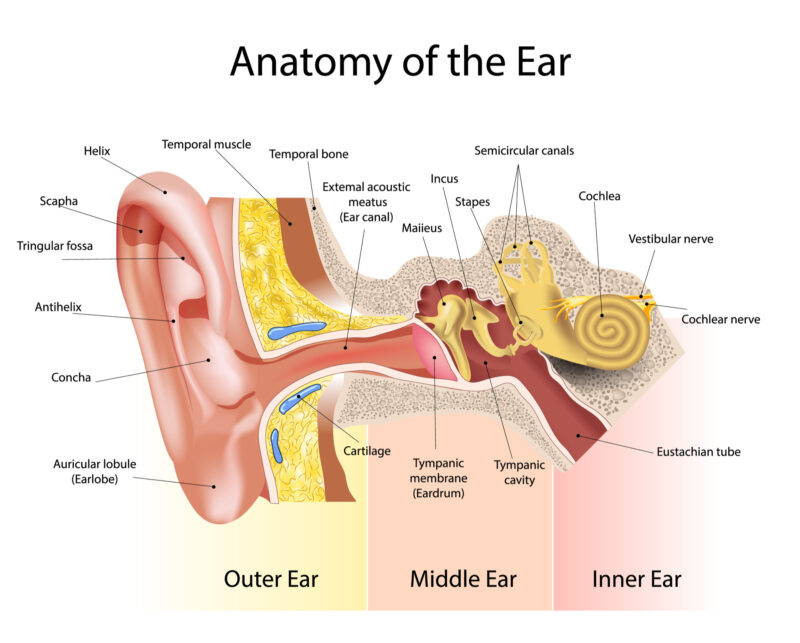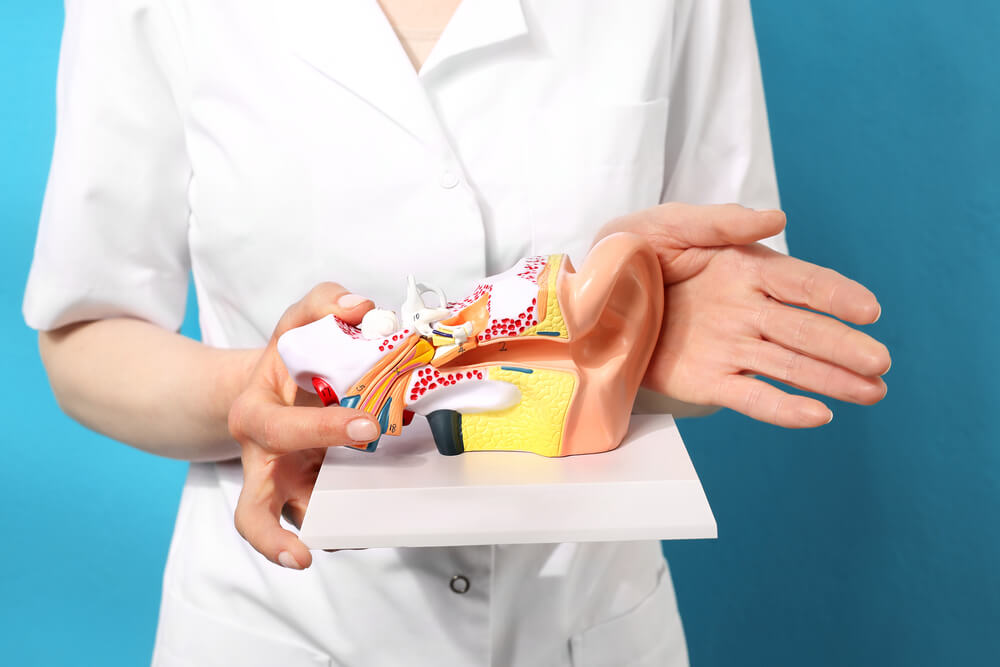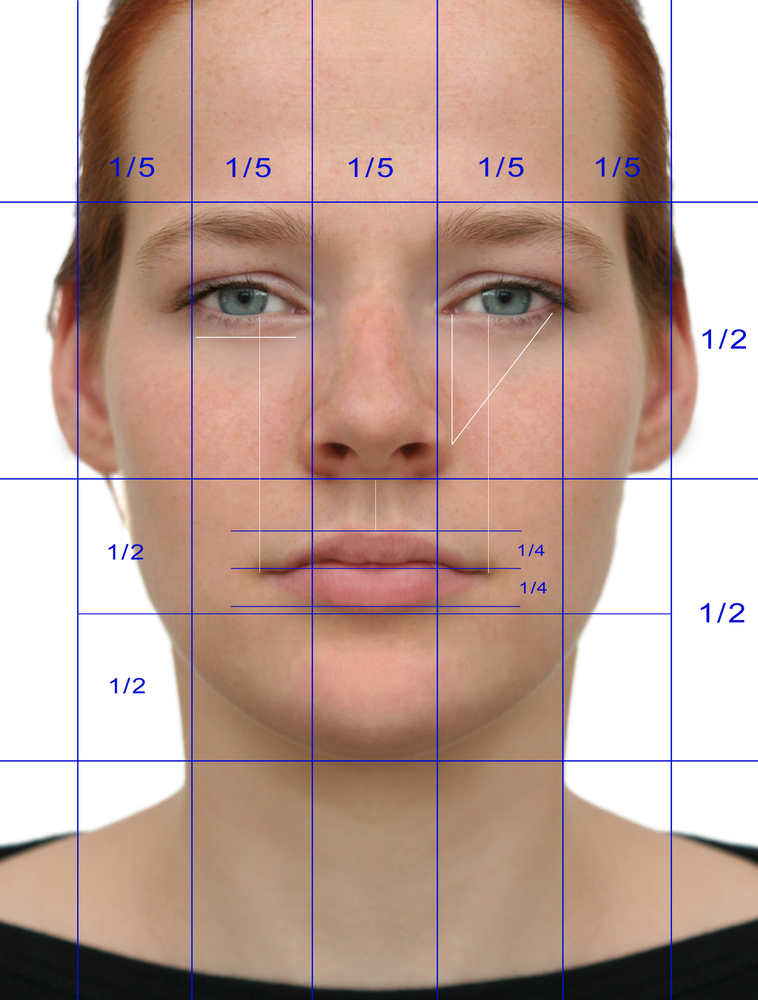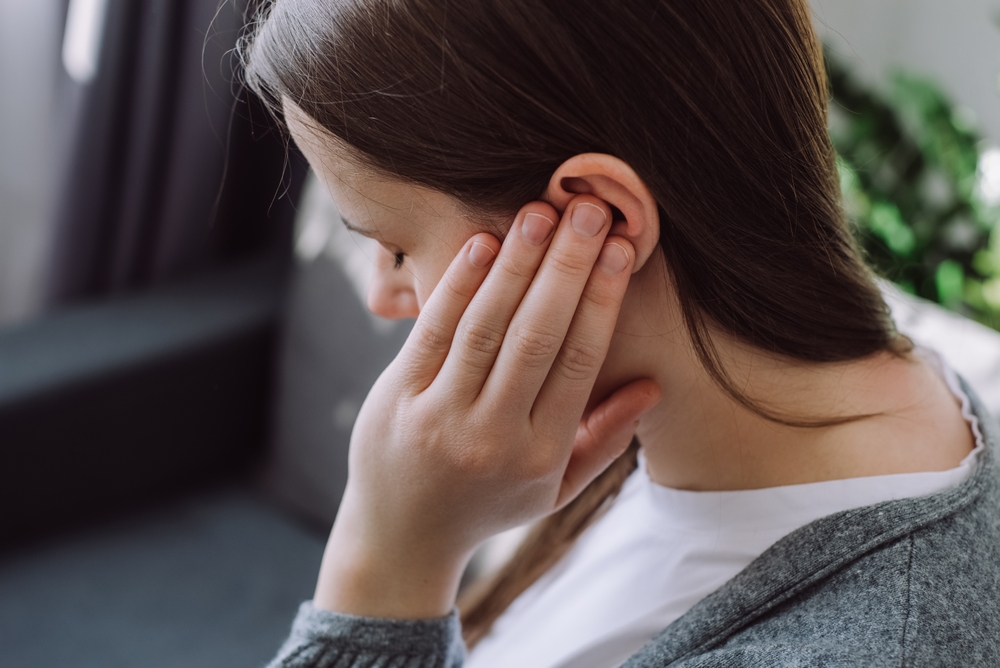Ear tubes are small plastic, metal, or Teflon cylinders placed inside the ear drums of children with chronic middle ear infections. Fluids that otherwise become trapped in the ear are allowed to drain, preventing recurrent infections and other complications like hearing loss, developmental delays, and poor sleep patterns. Ear tubes are very common during childhood. In fact, it is the most frequent anesthesia-assisted surgery among American children. Approximately 700,000 children undergo surgery for short-term or long-term ear tube placement every year. Ear tubes often fall out of the ear naturally with no further need for treatment. However, children with ear tubes that fall out too early may need additional surgery.
Did you know…
Did you know that you can monitor the condition of your child’s ear tubes from home? Many parents of children with ear tubes opt to purchase a professional-grade LED otoscope for home use. An otoscope allows you to peer into your child’s ear to monitor the position of your child’s ear tubes and detect problems, such as waxy build-up. Identifying these conditions early may help prevent a painful ear infection in the future.
Frequently Asked Questions
Is my child a candidate for ear tubes?
Not all children are candidates for ear tubes. However, you may want to discuss your treatment options if your child has persistent ear infections that do not resolve on their own or with antibiotics. Your child may also be a candidate for ear tubes if he or she does not exhibits the signs of chronic fluid build-up, such as difficulty hearing or problems with early speech development. In rare cases, ear tubes are used to address congenital ear defects, Down Syndrome, middle ear injury, or cleft palate.
What should I expect during an ear tube procedure?
Ear tube surgery is performed in an outpatient surgical setting – usually a hospital. Your child will be placed under general anesthesia before the tubes are inserted. Your child’s doctor will put a small hole in the ear drum using a scalpel or laser. The ear tube is place inside the hole to keep it from closing and allow ventilation into the middle ear. In the future, fluid that accumulates in the middle ear will drain through the tube, helping to prevent chronic infection.
What will my child’s ear tube recovery be like?
Your child’s surgery will likely take less than a half hour. He or she will be taken to a recovery room for monitoring. So long as no complications are present, you can take your child home with post-operative instructions for care. This may include the use of prescription ear drops and directions to visit your child’s doctor for a follow-up visit. If your child had difficulty hearing prior to surgery, normal sounds may seem too loud.
How should I care for my child’s ear tubes?
Because ear tubes create an opening into the middle ear, it is important to protect the ear from external bacteria. Your child’s doctor may recommend the use of ear plugs when the head is submerged in water. You may also wish to purchase an at-home otoscope to monitor your child’s ear tubes and their condition. Otoscopes are a highly affordable way of detecting problematic ear conditions as early as possible.









